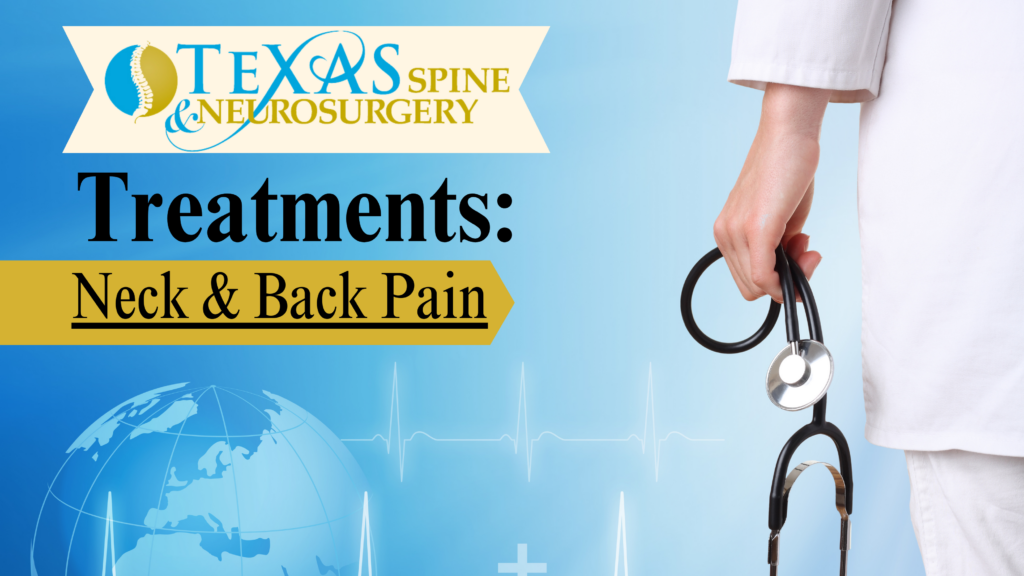Hear from People Just Like You – Patient Testimonials

Back and neck pain are the second most common reasons people see a physician and the third most frequent reason people undergo surgery. Low back pain is the second most frequent reason (after the common cold) that people under the age of 45 miss work. So, it’s not surprising that thirty percent of adults over the age of 30 have degenerative disc disease, which plays a significant role in making the spine susceptible to pain. The vast majority of back and neck problems get better on their own or with non-surgical treatment. However, some spinal disorders can be so painful as to become debilitating and may create risk to a patient’s long-term health and wellness. In these cases, surgical intervention may be the best option.
Causes of Back & Neck Pain
- Muscle Strain
- Degenerative Disc Disease
- Bulging Discs
- Herniated Discs
- Spinal Stenosis
- Spondylolysis
- Spondylolisthesis
- Pars Defects
- Scoliosis
- Fractures
- Herniations
- Bone spurs
- Spinal Tumors
- Injuries to the Muscles and Ligaments
- Many other changes in your body can cause back and neck pain.
Treatments
- Medications
- Lumbar, thoracic or cervical bracing
- Spinal Fusion
- Microdiscectomy
- Microsurgery
- Physical therapy
- Occupational therapy
- Steroid injections
- TENS units
- Chiropractic’s
- Pain management
- Massage therapy
- Acupuncture
Symptoms of Back & Neck Pain
Back and neck symptoms may occur immediately following an injury or may be delayed for several days thereafter. However, some back and neck pain is not precipitated by an injury at all. Along with pain and tenderness, other symptoms may include neck stiffness, headache, dizziness, abnormal sensations such as burning or prickling (paresthesia), or shoulder and leg pain. Some people experience cognitive, somatic, or psychological conditions such as concentration impairment, nervousness, irritability, sleep disturbance, fatigue or depression. If you are concerned about your symptoms, you should see a doctor as soon as possible.